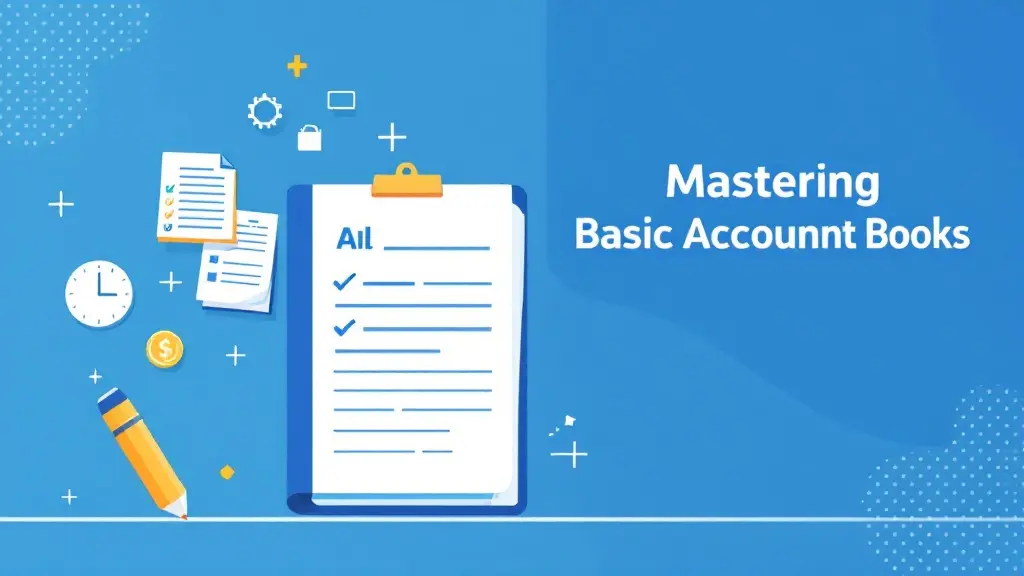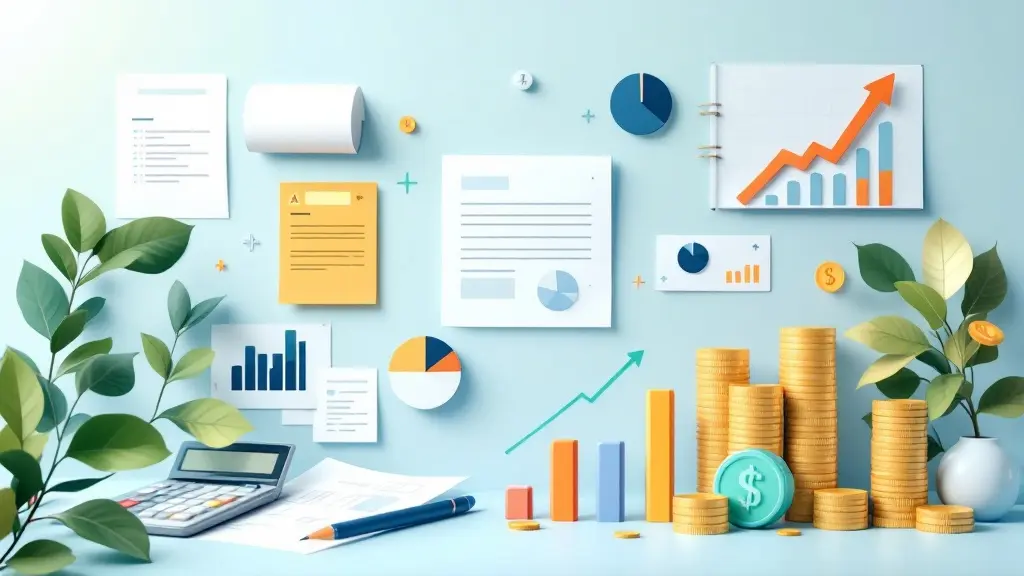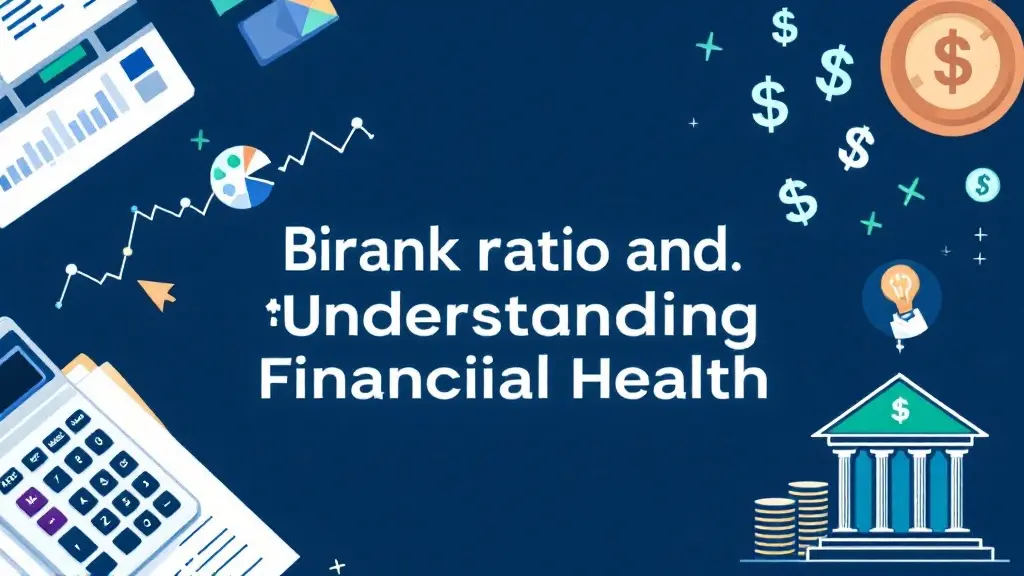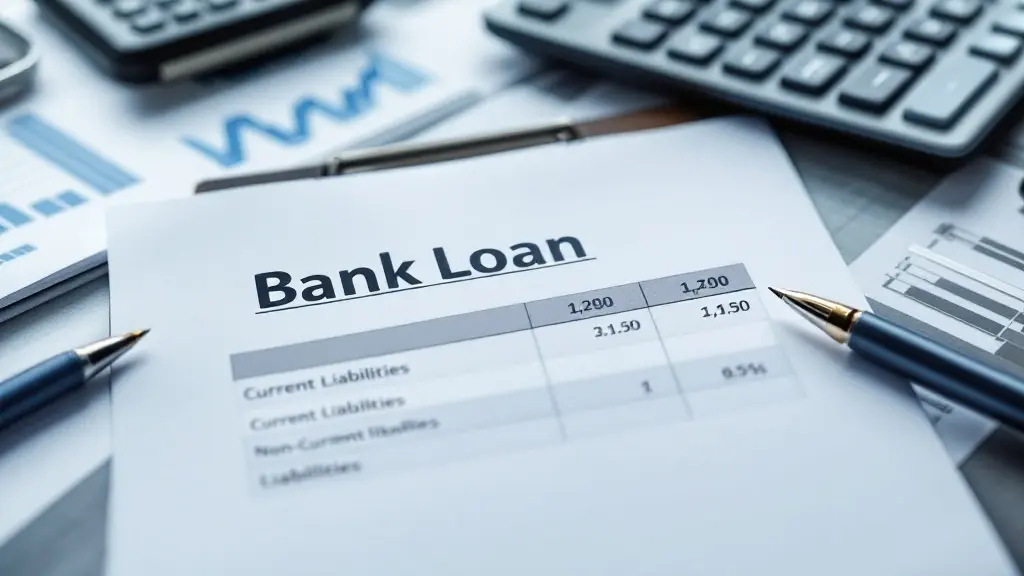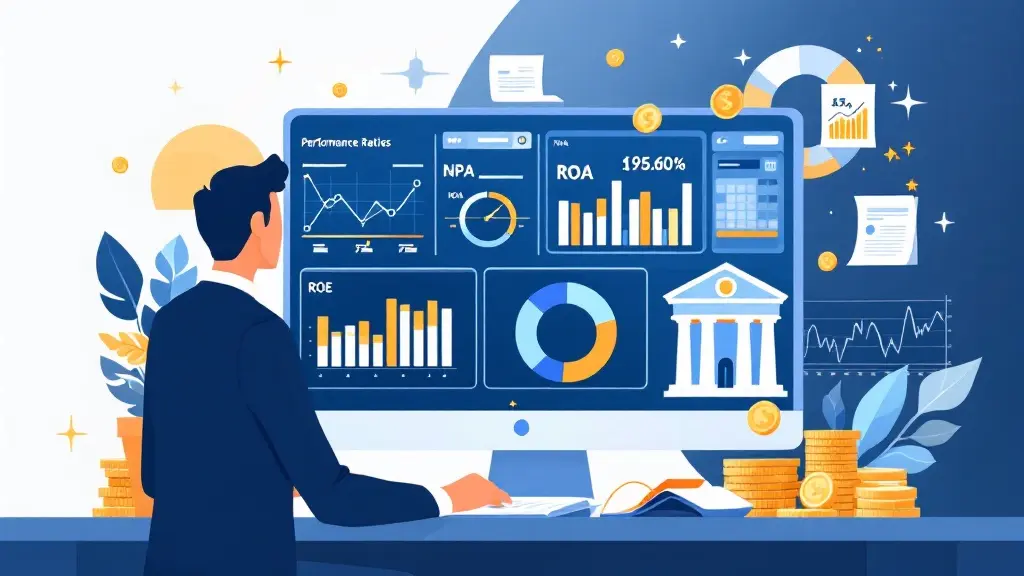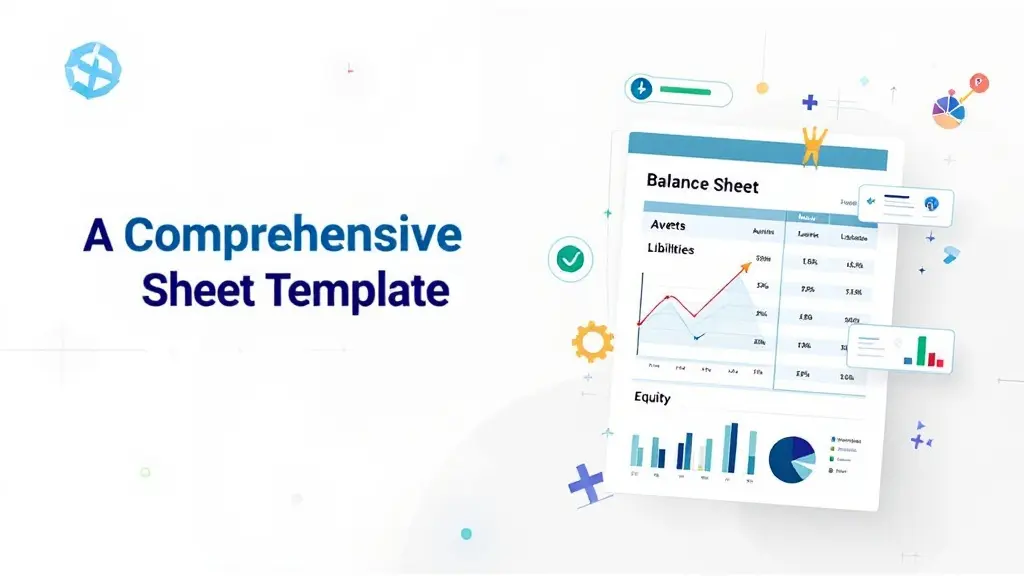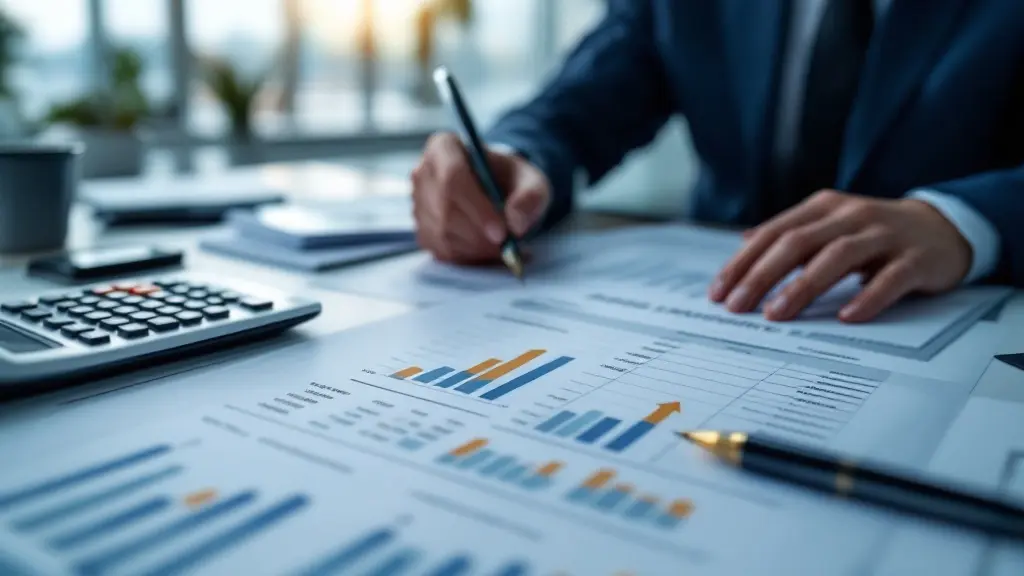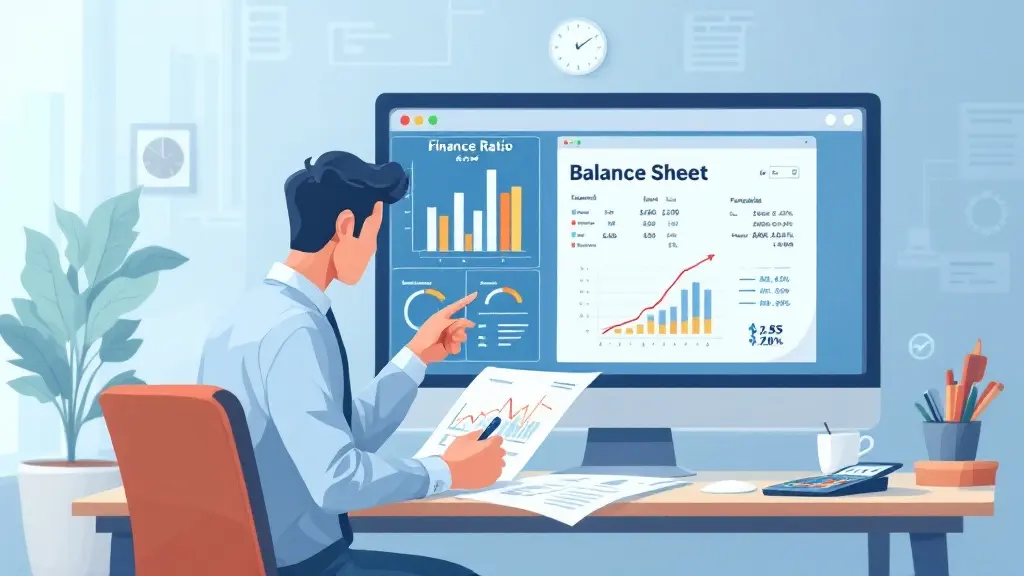Understanding the Balance Sheet in India: A Comprehensive Guide for Beginners
Table of Contents
- What is a Balance Sheet?
- The Structure of a Balance Sheet
- Why is a Balance Sheet Important in India?
- Key Metrics to Analyze from a Balance Sheet
- How to Prepare a Balance Sheet in India
- The Role of Accounting Standards in Balance Sheets in India
- Common Mistakes to Avoid in Balance Sheet Preparation
- Conclusion
Most Read
[fusion_dropcap class="fusion-content-tb-dropcap"]I[/fusion_dropcap]ntroduction
In the world of business and finance, a balance sheet is one of the most critical financial statements that businesses rely on. Whether you are a business owner, an accountant, or an investor, understanding the balance sheet is essential for making informed decisions. This article will explore what a balance sheet is, why it’s important, and how to interpret it in the context of Indian businesses.
What is a Balance Sheet?
A balance sheet is a financial statement that provides a snapshot of a company’s financial position at a specific point in time. It shows the company’s assets, liabilities, and equity, offering a clear view of what the company owns, owes, and its net worth.
In simpler terms, a balance sheet answers three critical questions for a business:
- What does the company own? (Assets)
- What does the company owe? (Liabilities)
- What is the company’s net worth? (Equity)
The balance sheet follows a basic accounting equation:
Assets = Liabilities + Equity
This equation ensures that the balance sheet is always balanced, with assets on one side and liabilities and equity on the other. It’s called a “balance sheet” because of this inherent balance between the two sides.
The Structure of a Balance Sheet
A balance sheet is divided into two main sections: Assets and Liabilities & Equity. Let’s break each of these down in detail.
1. Assets
Assets are everything a company owns that has value. They can be categorized into two types: current assets and non-current assets.
- Current Assets: These are assets that can be converted into cash within one year. Examples include cash, accounts receivable (money owed by customers), and inventory.
- Non-Current Assets: These are long-term assets that cannot be quickly converted into cash. Examples include property, equipment, and intangible assets like patents or trademarks.
Some common examples of assets found on an Indian company’s balance sheet include:
- Cash and Bank Balances: Liquid assets that the company can use immediately.
- Accounts Receivable: Amounts owed by customers for goods or services delivered on credit.
- Inventory: Goods and materials the company holds for sale or production.
2. Liabilities
Liabilities are obligations or debts that a company owes to other parties. Like assets, liabilities are divided into two categories: current liabilities and non-current liabilities.
- Current Liabilities: These are debts that must be settled within one year. Examples include short-term loans, accounts payable (money owed to suppliers), and taxes payable.
- Non-Current Liabilities: These are long-term obligations that are due after more than one year. Examples include long-term loans and bonds payable.
3. Equity
Equity represents the residual value of the company after subtracting its liabilities from its assets. It is essentially the owner’s claim on the business. Equity includes:
- Share Capital: The amount invested by the shareholders.
- Retained Earnings: The company’s accumulated profits that haven’t been distributed as dividends.
- Reserves: Money set aside for specific purposes, such as legal requirements or future investments.
In India, equity is often referred to as “Shareholders’ Equity” or “Owner’s Equity.” It indicates the net worth of a business and is a key indicator of financial health.
Why is a Balance Sheet Important in India?
A balance sheet serves as a critical tool for various stakeholders in the business world, including business owners, investors, creditors, and even regulatory authorities. Here’s why it’s important:
1. Financial Health and Performance Evaluation
A balance sheet helps evaluate a company’s financial health. By analyzing assets and liabilities, stakeholders can determine whether a business is over-leveraged (having too much debt) or underperforming.
For example, a company with high liabilities and low assets may be at risk of insolvency. Conversely, a company with a solid asset base and strong equity is typically considered financially stable.
2. Informed Decision-Making for Investors and Stakeholders
Investors rely on the balance sheet to make investment decisions. They look for companies with strong equity and minimal debt to ensure the company is less risky. A healthy balance sheet with manageable liabilities and robust assets indicates a solid financial foundation, attracting investors.
3. Creditworthiness Assessment
Creditors, including banks and financial institutions, examine the balance sheet to assess the company’s ability to repay loans. A strong balance sheet with low liabilities signals a lower risk to creditors, making it easier for businesses to secure loans or other forms of financing.
4. Regulatory and Tax Purposes
In India, companies are required by law to file their balance sheets with regulatory authorities like the Ministry of Corporate Affairs (MCA). The balance sheet also plays a vital role in tax assessments, as it helps in determining the company’s financial standing and tax liabilities.
Key Metrics to Analyze from a Balance Sheet
Understanding a balance sheet involves more than just reading the numbers. You can also calculate key financial ratios to assess a company’s financial performance. Here are some important metrics:
1. Current Ratio
The current ratio is a liquidity metric that measures a company’s ability to cover its short-term liabilities with its short-term assets.
Current Ratio = Current Assets / Current Liabilities
A current ratio above 1 indicates that a company has more assets than liabilities, which is generally a good sign.
2. Debt-to-Equity Ratio
This ratio indicates the proportion of debt a company has compared to its equity. It helps determine a company’s financial leverage and risk level.
Debt-to-Equity Ratio = Total Liabilities / Shareholders’ Equity
A high debt-to-equity ratio suggests that the company is highly leveraged and may struggle to meet its obligations in times of financial stress.
3. Return on Equity (ROE)
Return on Equity measures a company’s profitability in relation to shareholders’ equity. It shows how effectively the company is using its equity capital to generate profits.
ROE = Net Income / Shareholders’ Equity
Higher ROE indicates a more efficient company in generating profit for its shareholders.
How to Prepare a Balance Sheet in India
For businesses in India, preparing a balance sheet involves several steps. Below is a simplified process:
- List All Assets: Categorize assets into current and non-current.
- List All Liabilities: Separate current liabilities from non-current.
- Calculate Equity: Subtract total liabilities from total assets to determine equity.
- Ensure Balance: Ensure that total assets equal the sum of total liabilities and equity.
Businesses in India typically prepare their balance sheets at the end of each financial year (March 31) or quarterly. Chartered accountants often assist in preparing the balance sheet to comply with legal standards.
The Role of Accounting Standards in Balance Sheets in India
In India, companies are required to follow the Indian Accounting Standards (Ind AS), which are aligned with the International Financial Reporting Standards (IFRS). These standards ensure consistency, transparency, and reliability in financial reporting.
Additionally, the Companies Act, 2013 outlines specific provisions for balance sheet preparation, including disclosure requirements, to ensure businesses are compliant with legal and regulatory frameworks.
Common Mistakes to Avoid in Balance Sheet Preparation
While preparing a balance sheet, businesses must be cautious to avoid common mistakes, such as:
- Misclassifying Assets or Liabilities: Ensure that assets and liabilities are correctly categorized as current or non-current.
- Overestimating Assets: Be conservative when valuing assets to avoid inflating the company’s financial position.
- Ignoring Depreciation: Depreciation should be accounted for on long-term assets to reflect their accurate value.
Conclusion
The balance sheet is one of the most crucial financial statements for any business, offering a clear picture of its financial health. For businesses in India, understanding the structure and significance of the balance sheet is key to making informed decisions, managing finances effectively, and staying compliant with regulations.
Whether you’re a business owner, investor, or accountant, a solid understanding of the balance sheet can help you navigate the financial landscape and build a stronger business foundation. Remember to analyze your balance sheet regularly, as it’s more than just a financial document—it’s a tool for growth, stability, and success.
